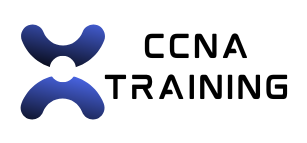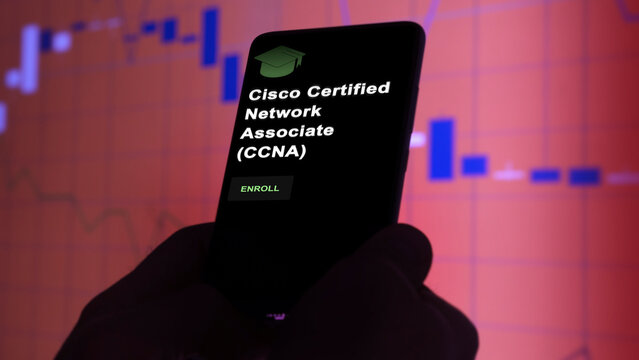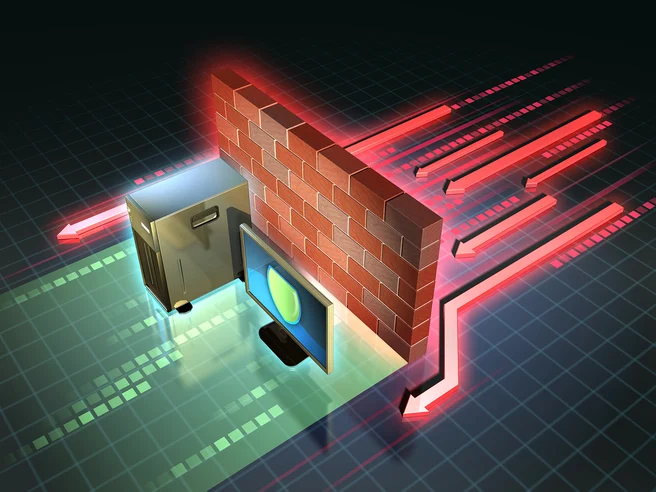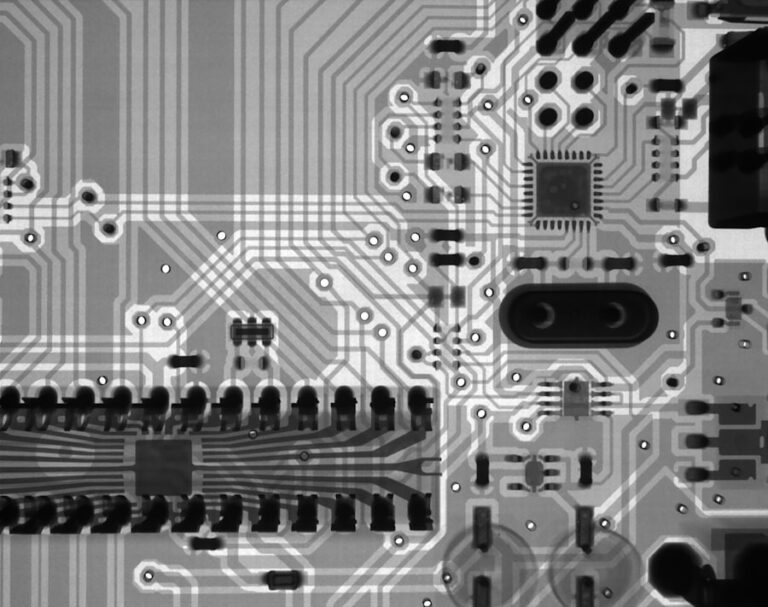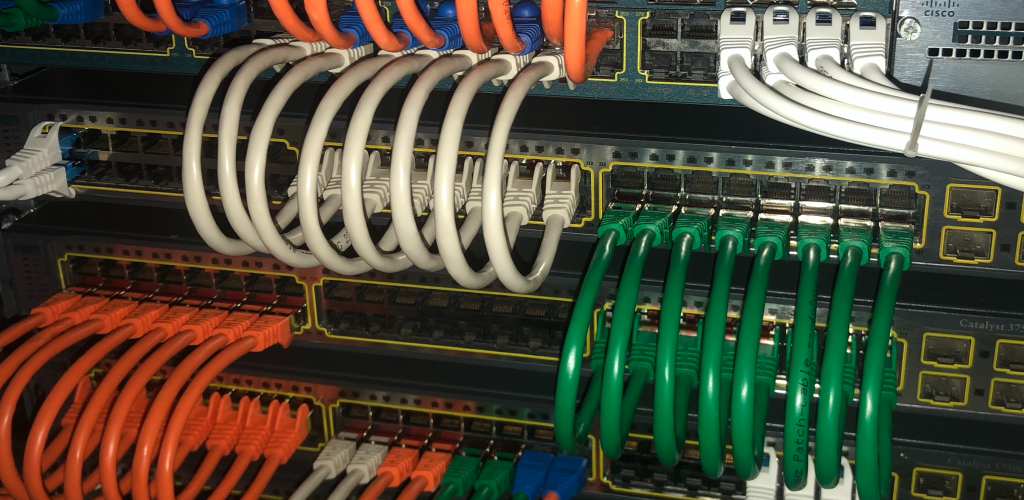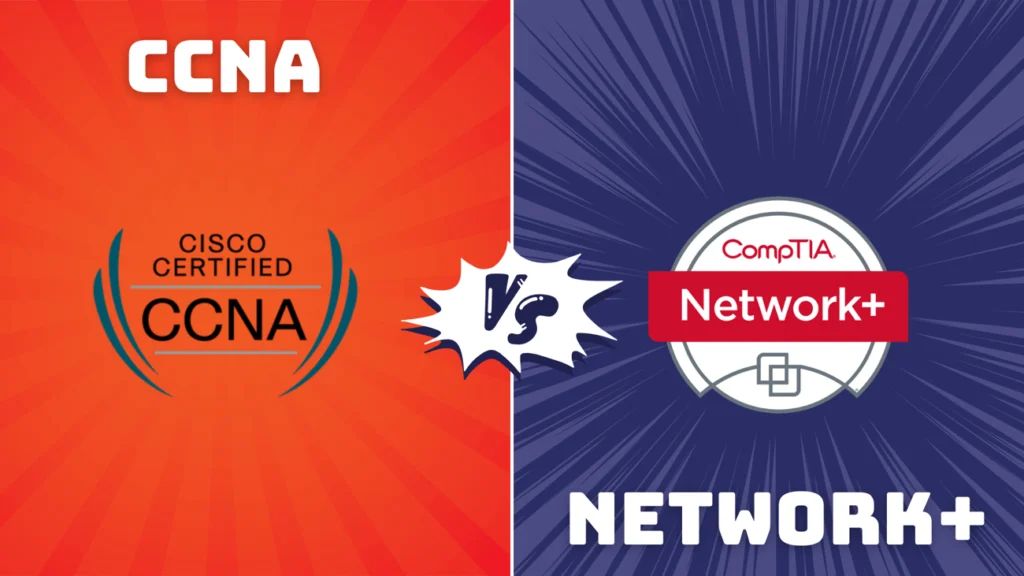Throughout its history, the Cisco Certified Network Associate (CCNA) certification has undergone many changes, with a major transformation taking place in February 2020. This analysis explores how these changes have affected certification candidates, career pathways, and the networking industry, highlighting key differences between the current CCNA and its previous versions.
The Previous CCNA Framework (Pre-2020)
Multi-Track Structure
Before 2020, the CCNA certification followed a multi-track format, offering distinct paths for specific networking specialties. Some of the major tracks included:
-
CCNA Routing and Switching (R&S)
The most popular track, covering networking fundamentals, routing protocols, switching technologies, and basic security.
Exam options:-
200-125 CCNA (single exam path)
-
100-105 ICND1 and 200-105 ICND2 (two-exam path)
-
Specialized Tracks
Other domain-specific tracks included:
-
CCNA Security – Firewalls, VPNs, threat mitigation
-
CCNA Wireless – WLAN design, wireless troubleshooting
-
CCNA Voice – VoIP and unified communications
-
CCNA Data Center – Storage, virtualization, data center tech
-
CCNA Cloud – Cloud computing concepts, hybrid setups
-
CCNA Collaboration – Unified communications & video
-
CCNA Cyber Ops – Threat detection, cybersecurity operations
Exam Focus
Each track had its own curriculum and exams. The R&S track, the foundation for most candidates, focused on:
-
OSI model and networking basics
-
VLANs, Ethernet, IPv4/IPv6, routing protocols (OSPF, EIGRP, RIP), ACLs
-
Troubleshooting and basic security concepts
This structure allowed professionals to build foundational knowledge, then specialize based on job roles or interests.
The Modern CCNA Structure (Post-2020): Unified 200-301 Exam
In February 2020, Cisco consolidated all CCNA tracks into a single exam — 200-301 — to simplify the certification path and reflect industry shifts.
Unified Content Domains
The current CCNA exam covers six core areas:
-
Network Fundamentals (20%)
-
Network components, topologies, cables, interfaces
-
IPv4/IPv6 addressing, OSI/TCP-IP models, virtualization concepts
-
-
Network Access (20%)
-
VLANs, trunking, Ethernet, switching
-
STP, wireless basics, physical layer concepts
-
-
IP Connectivity (25%)
-
Routing tables, static/dynamic routing
-
OSPF, FHRP, IPv4/IPv6 routing
-
-
IP Services (10%)
-
DHCP, DNS, NAT, Syslog, NTP, QoS
-
-
Security Fundamentals (15%)
-
Threats, access control, Layer 2/3 security, VPNs
-
-
Automation and Programmability (10%)
-
APIs, configuration tools, JSON/YAML, Python basics
-
Key Shifts: Depth vs. Breadth
The most significant change is the shift from deep specialization to broad knowledge:
Benefits of the Old System:
-
In-depth knowledge of specific domains
-
Clear career specialization
-
Targeted preparation
-
Industry-recognized specializations
Benefits of the New System:
-
Broader skillset
-
Aligned with today’s job demands
-
Simplified certification process
-
Exposure to modern technologies
Modern Tech Integration
The new CCNA aligns better with evolving industry needs:
-
Cloud & Virtualization – No longer siloed; now core to the exam
-
Automation & Programmability – Introduced as a dedicated domain
-
Wireless & Security – Integrated throughout, not treated as optional tracks
Exam Complexity Comparison
While more streamlined, the 200-301 CCNA is considered more challenging overall than the older CCNA R&S due to:
-
Broader scope
-
Inclusion of newer technologies
-
Greater emphasis on scenario-based questions and real-world troubleshooting
However, some advanced topics from legacy tracks have been removed, slightly reducing depth in niche areas.
Study & Preparation Differences
Old System:
-
Sequential ICND1/ICND2 model
-
Specialization led to deep dive studies
-
Narrower exam scope
-
Hands-on labs focused on specific tech
New System:
-
One comprehensive exam
-
Requires knowledge across multiple domains
-
Includes cloud, automation, and security
-
Emphasizes hands-on labs in virtualization, wireless, and scripting
Career and Industry Impact
New Opportunities:
-
Matches modern job roles requiring hybrid skillsets
-
Easier for newcomers to break into the field
-
Encourages a holistic view of network engineering
New Challenges:
-
Less specialization may not meet certain employer expectations
-
Specialized roles may still require advanced certs (e.g., CCNP, DevNet)
Market Response
Employers generally appreciate the new CCNA’s wide coverage, especially in smaller environments where professionals wear many hats. Larger enterprises may still seek specialization through higher-level certifications.
What to Expect Moving Forward
Industry Alignment:
-
Software-Defined Networking (SDN)
-
Network Function Virtualization (NFV)
-
Intent-Based Networking (IBN)
-
Cloud-first architecture
-
DevOps-networking convergence
Study Recommendations:
-
Gain hands-on automation experience
-
Understand cloud architecture basics
-
Practice with real labs and tools
-
Connect networking concepts across domains
The move from a multi-track CCNA to a unified model represents a major evolution in networking certification. While it sacrifices deep specialization, it provides a more adaptable and modern foundation for today’s networking professionals.
To succeed in the current CCNA landscape, candidates must master core networking concepts while embracing automation, cloud technologies, and cybersecurity — making them better prepared for the demands of a rapidly evolving IT world.

